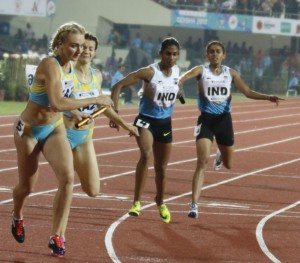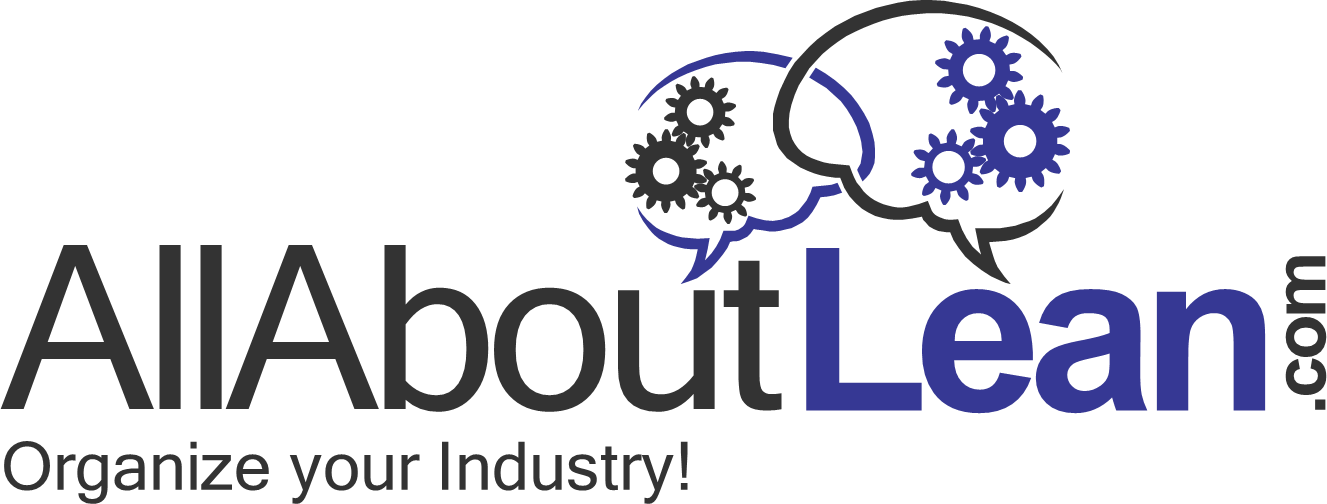 The changeover wheel is a visualization of a good changeover sequence. In this series of posts I will go deeper on how to use such a changeover sequence in planning your production sequence. The concept itself is simple, but there are still some pitfalls in using it. This first post looks deeper at generating a first sequence. My next post will then optimize the sequence, where we will also learn why you probably should not shoot for the perfect solution, but merely for good enough.
The changeover wheel is a visualization of a good changeover sequence. In this series of posts I will go deeper on how to use such a changeover sequence in planning your production sequence. The concept itself is simple, but there are still some pitfalls in using it. This first post looks deeper at generating a first sequence. My next post will then optimize the sequence, where we will also learn why you probably should not shoot for the perfect solution, but merely for good enough.
SMED
Changeover Sequencing under Duress: Problems with Make and Deliver
 In my last post I looked at strategies to manage changeover sequencing if your supplier gives you trouble. Basically, you can sometimes reduce the damage by fine-tuning the prioritization (i.e., by using the limited raw materials to make the most important parts). This second post in this series looks at similar situations if your customer acts up, or if your own system makes problems. In other words, after discussing “source” in the last article, we now look at the “make” and “deliver” part. Admittedly, some of the approaches are similar to the problems with “source.”
In my last post I looked at strategies to manage changeover sequencing if your supplier gives you trouble. Basically, you can sometimes reduce the damage by fine-tuning the prioritization (i.e., by using the limited raw materials to make the most important parts). This second post in this series looks at similar situations if your customer acts up, or if your own system makes problems. In other words, after discussing “source” in the last article, we now look at the “make” and “deliver” part. Admittedly, some of the approaches are similar to the problems with “source.”
Changeover Sequencing under Duress: Problems with Source
 Changeover sequencing helps you to produce more efficiently with smaller lot sizes, less inventory, and/or less changeovers. But despite a good changeover sequence, sometimes things blow up in your face. Your supplier does not deliver, your customer wants more than you planned, or your main process went belly-up and is waiting for repairs. In any case, something is forcing your hand and messing up your changeover sequence, or more generally your entire production sequence. What do you do? Well, depending on what happened, you may have options to mitigate the damage. This first post will look at mishaps originating from your supplier, and the next post will look at difficulties originating from your customer or even from your own system.
Changeover sequencing helps you to produce more efficiently with smaller lot sizes, less inventory, and/or less changeovers. But despite a good changeover sequence, sometimes things blow up in your face. Your supplier does not deliver, your customer wants more than you planned, or your main process went belly-up and is waiting for repairs. In any case, something is forcing your hand and messing up your changeover sequence, or more generally your entire production sequence. What do you do? Well, depending on what happened, you may have options to mitigate the damage. This first post will look at mishaps originating from your supplier, and the next post will look at difficulties originating from your customer or even from your own system.
Replenishment Time Stability for Changeover Sequencing
 Changeover sequencing is simply creating a production sequence that reduces the changeover effort. For example, in injection molding, colors are often changed from light to dark to reduce the cleaning effort. However, like all production sequencing (like leveling, lot sizing, prioritization,….), it adds to the replenishment time. Especially if you are using pull production, a consistent replenishment time reduces fluctuations, whereas an inconsistent replenishment time increases fluctuations and hence waste. But how can we get a more consistent replenishment time?
Changeover sequencing is simply creating a production sequence that reduces the changeover effort. For example, in injection molding, colors are often changed from light to dark to reduce the cleaning effort. However, like all production sequencing (like leveling, lot sizing, prioritization,….), it adds to the replenishment time. Especially if you are using pull production, a consistent replenishment time reduces fluctuations, whereas an inconsistent replenishment time increases fluctuations and hence waste. But how can we get a more consistent replenishment time?
How to Prioritize in Changeover Sequencing
 Changeovers take away time from production, and often require larger lot sizes as well. The best response would be of course to reduce changeover times, but this is a lot of work and may not always be possible. Another frequent option is to sequence the changeovers to reduce the overall changeover time. This post looks at a way to sequence production while also being able to prioritize production.
Changeovers take away time from production, and often require larger lot sizes as well. The best response would be of course to reduce changeover times, but this is a lot of work and may not always be possible. Another frequent option is to sequence the changeovers to reduce the overall changeover time. This post looks at a way to sequence production while also being able to prioritize production.
Changeover Sequencing – Part 1
 The sequence of your changeover can have quite an impact on the duration of the changeover. In this series of posts I will show some approaches on how to improve your changeover durations by carefully sequencing the products. This was initially intended to be one post, but as so often happens, it turned out to be more complex than initially thought, and hence I have split it into two posts. The next post will appear next week.
The sequence of your changeover can have quite an impact on the duration of the changeover. In this series of posts I will show some approaches on how to improve your changeover durations by carefully sequencing the products. This was initially intended to be one post, but as so often happens, it turned out to be more complex than initially thought, and hence I have split it into two posts. The next post will appear next week.
On Running Changeovers
 Changeover times and their reduction are popular topics in lean manufacturing. In this post I would like to introduce the idea of running changeovers for production lines. The idea behind it is simple, and probably many of you do it already. Nevertheless, I have found little info on it online. I also would like to go into more detail on the benefits of a running changeover in comparison to the alternatives.
Changeover times and their reduction are popular topics in lean manufacturing. In this post I would like to introduce the idea of running changeovers for production lines. The idea behind it is simple, and probably many of you do it already. Nevertheless, I have found little info on it online. I also would like to go into more detail on the benefits of a running changeover in comparison to the alternatives.

